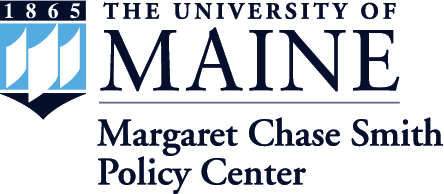Abstract
The American lobster fishery is one of the most valuable in the US but is being affected by climate-driven shifts in lobster availability, impacting people’s ability to harvest the resource and sparking broader adaptation challenges. Since the late 1990s, lobster landings in the Gulf of Maine (GOM) have climbed to record levels while those in Southern New England (SNE) have experienced significant declines. The experiences of SNE lobstermen during these declines can offer important lessons for both individual lobstermen and communities in the GOM, where lobster abundance is currently at high levels but facing future uncertainty given continuing climate trends. In this commentary we gather insights from a news analysis and interviews with SNE lobstermen to examine resilience pathways and dimensions, and consider ways forward for supporting social resilience in the Maine fishery. We highlight a range of adaptation pathways and actions that have been undertaken in SNE and the complex considerations associated with them. We apply these insights into three generalized learnings for Maine: 1) encourage diversity in preferences, capacities and strategies for people responding to shifting lobster availability; 2) progress collaborative social and economic resilience research for the fishery; and 3) move beyond reliance on industry innovation to instead cross-regional learning and integrative, cross-sectoral approaches for management and resilience planning to enable more holistic decision-making and action.
First page
170
Last page
174
Rights and Access Note
This Item is protected by copyright and/or related rights. You are free to use this Item in any way that is permitted by the copyright and related rights legislation that applies to your use. In addition, no permission is required from the rights-holder(s) for non-commercial uses. For other uses you need to obtain permission from the rights-holder(s).
DOI
https://doi.org/10.53558/FHHM1844
Recommended Citation
Maltby, Katherine, and Katherine E. Mills. "Including the Human Dimension into Resilience Planning for Maine’s Lobster Fishery." Maine Policy Review 32.2 (2023) : 170 -174, https://digitalcommons.library.umaine.edu/mpr/vol32/iss2/29.
Creative Commons License

This work is licensed under a Creative Commons Attribution-NonCommercial-No Derivative Works 4.0 International License.
